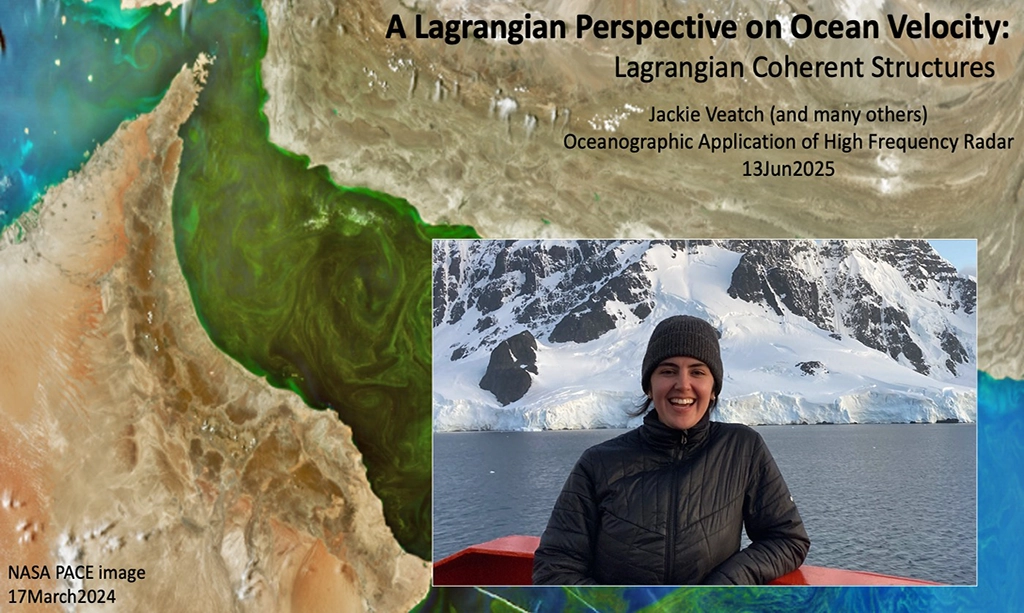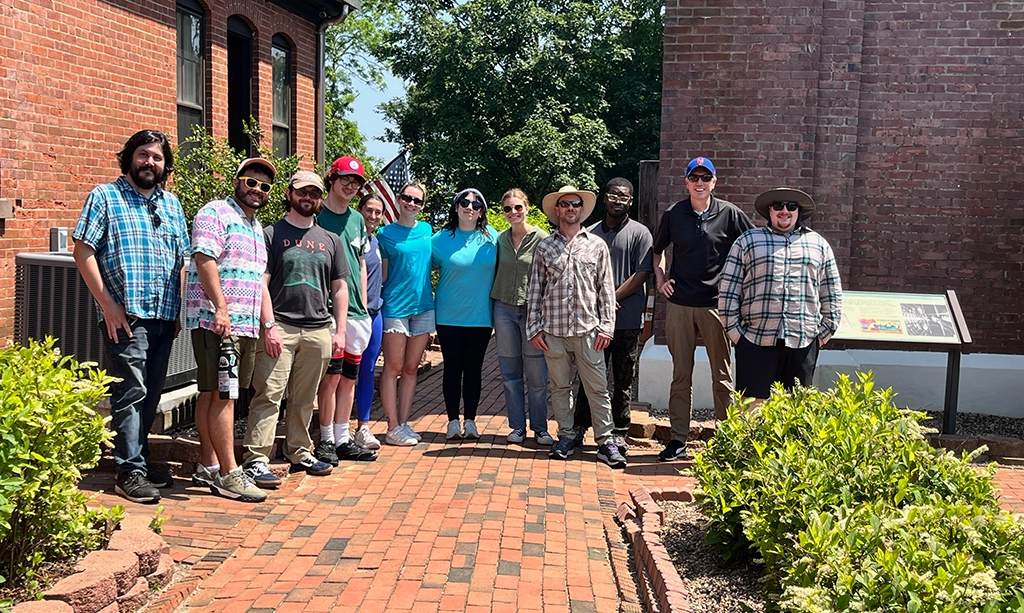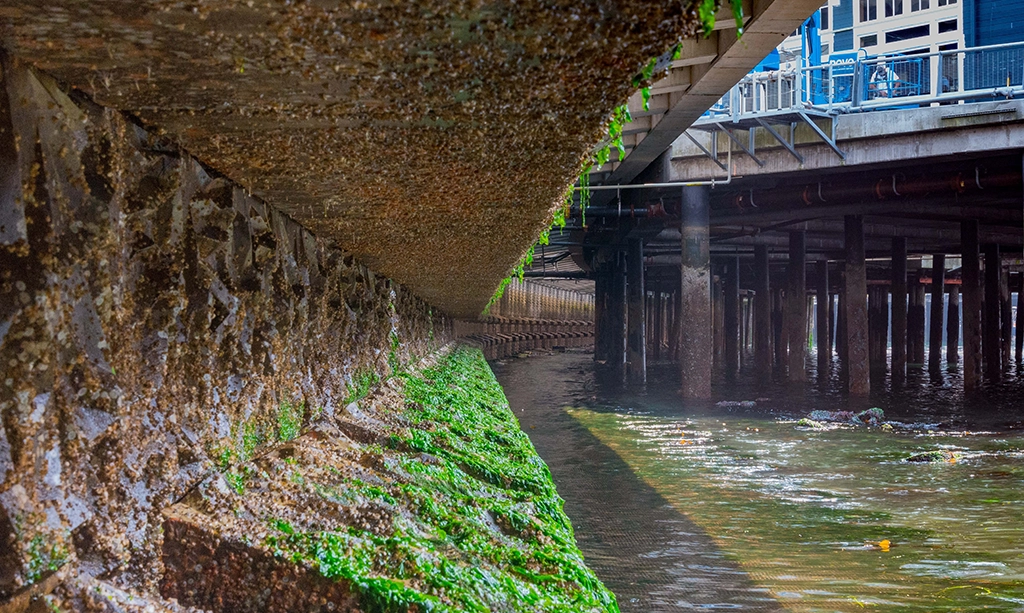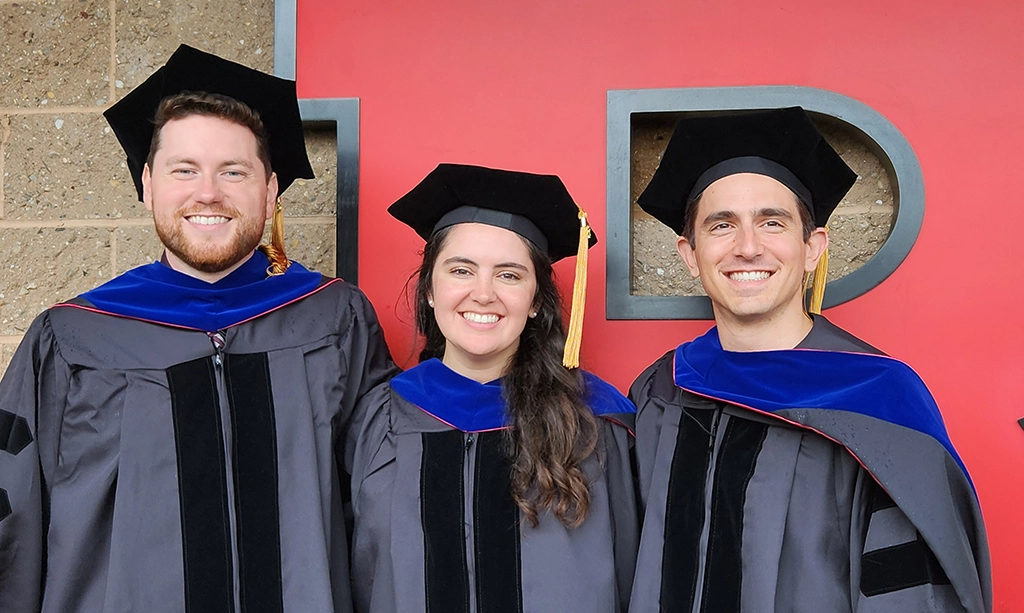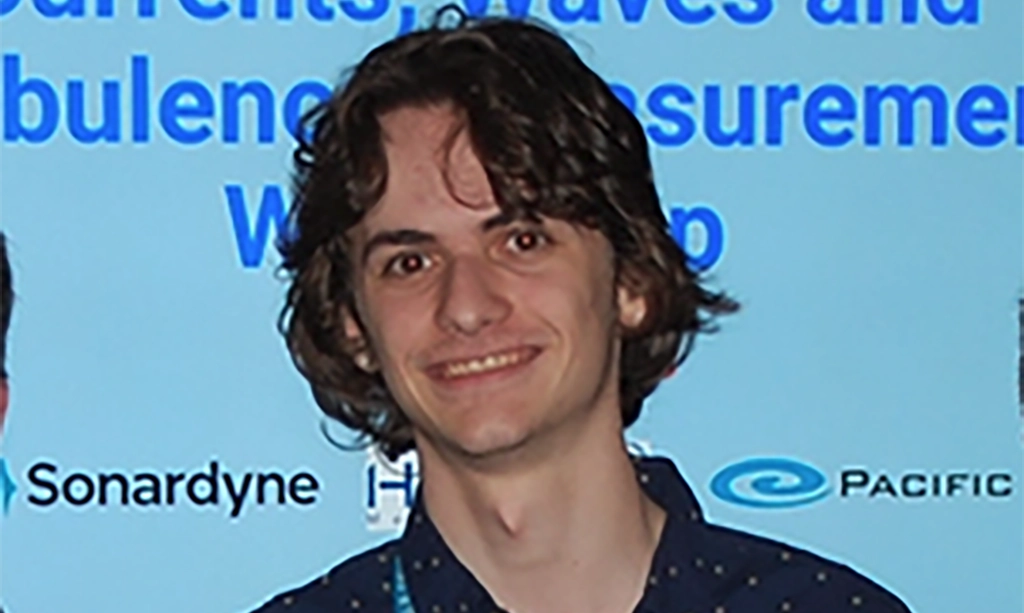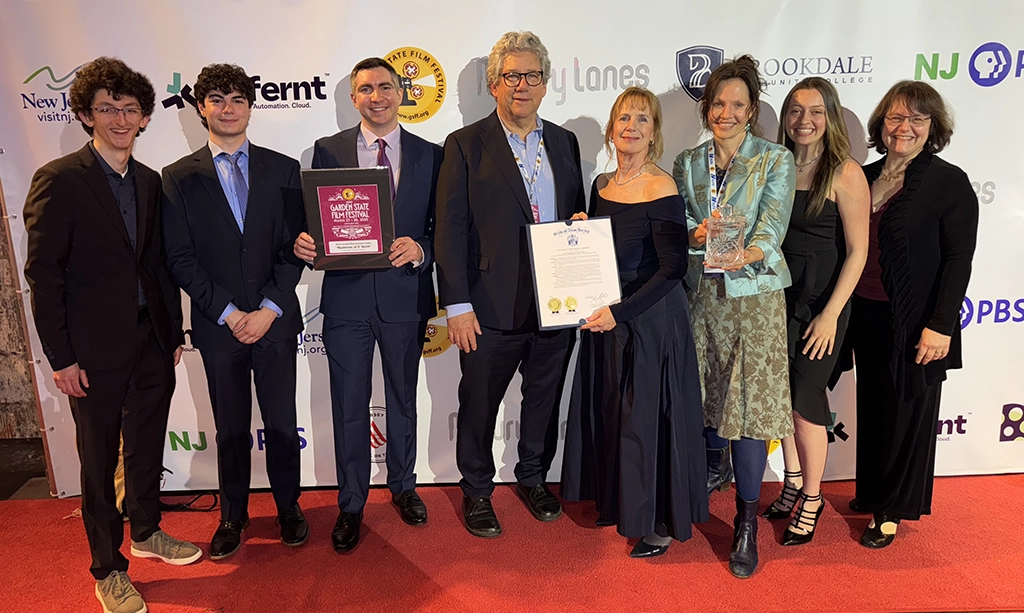Rutgers Publishes Two Volumes Celebrating Decades of Ocean Observing Partnerships
Link to Volumes here New Brunswick, NJ — July 2, 2025 — Rutgers University has announced the publication of two new books chronicling its decades-long collaborations with two pioneering ocean…


